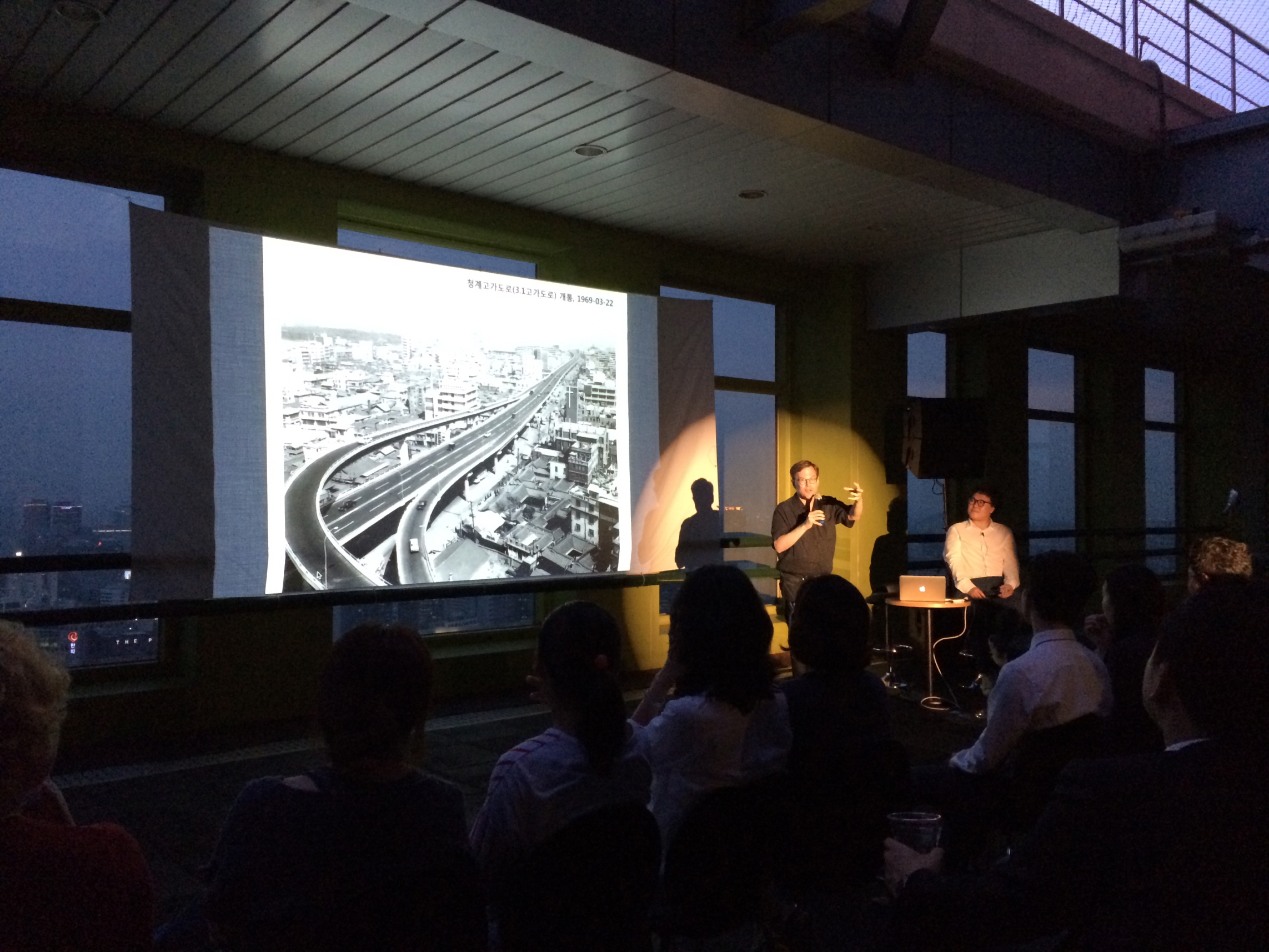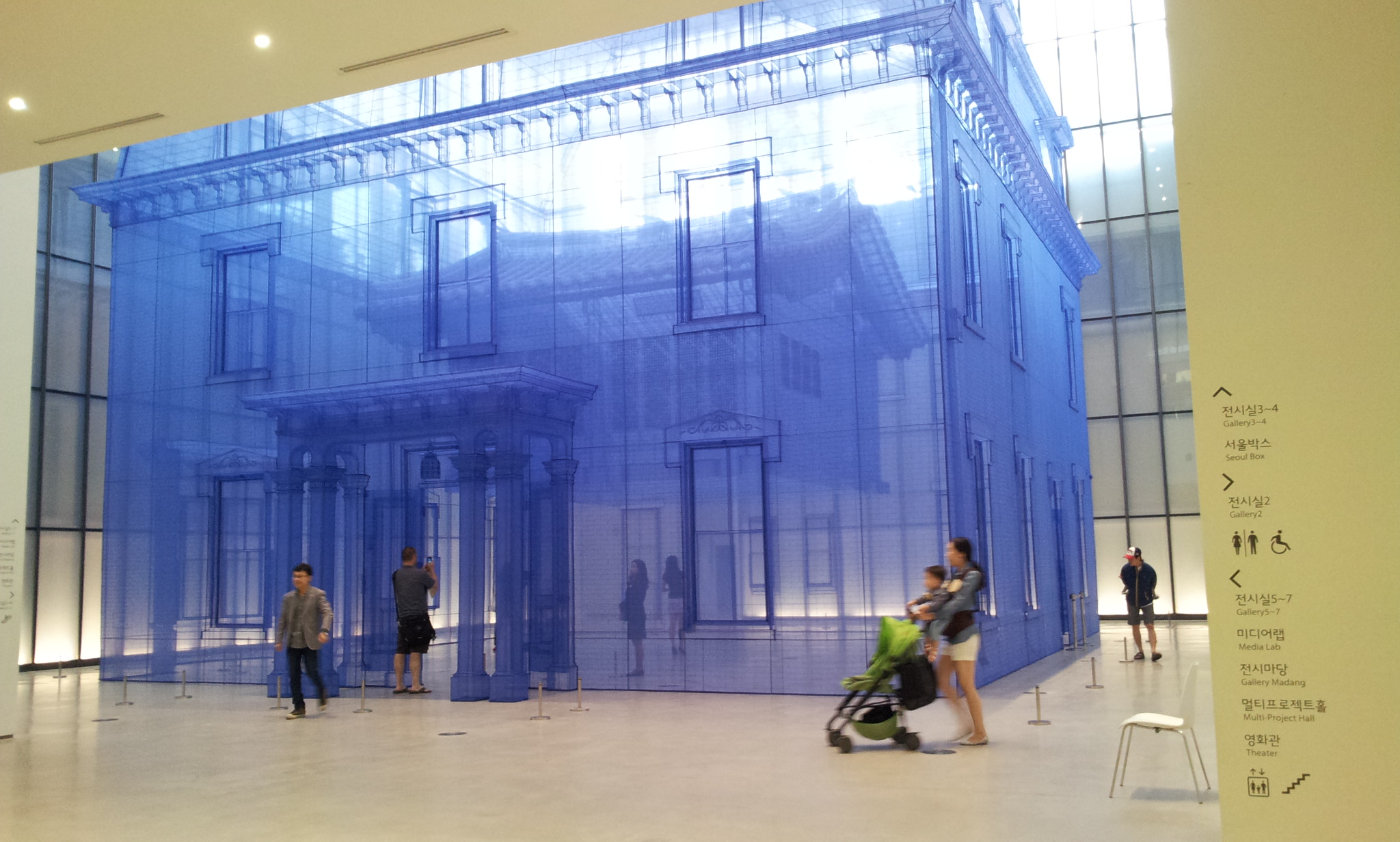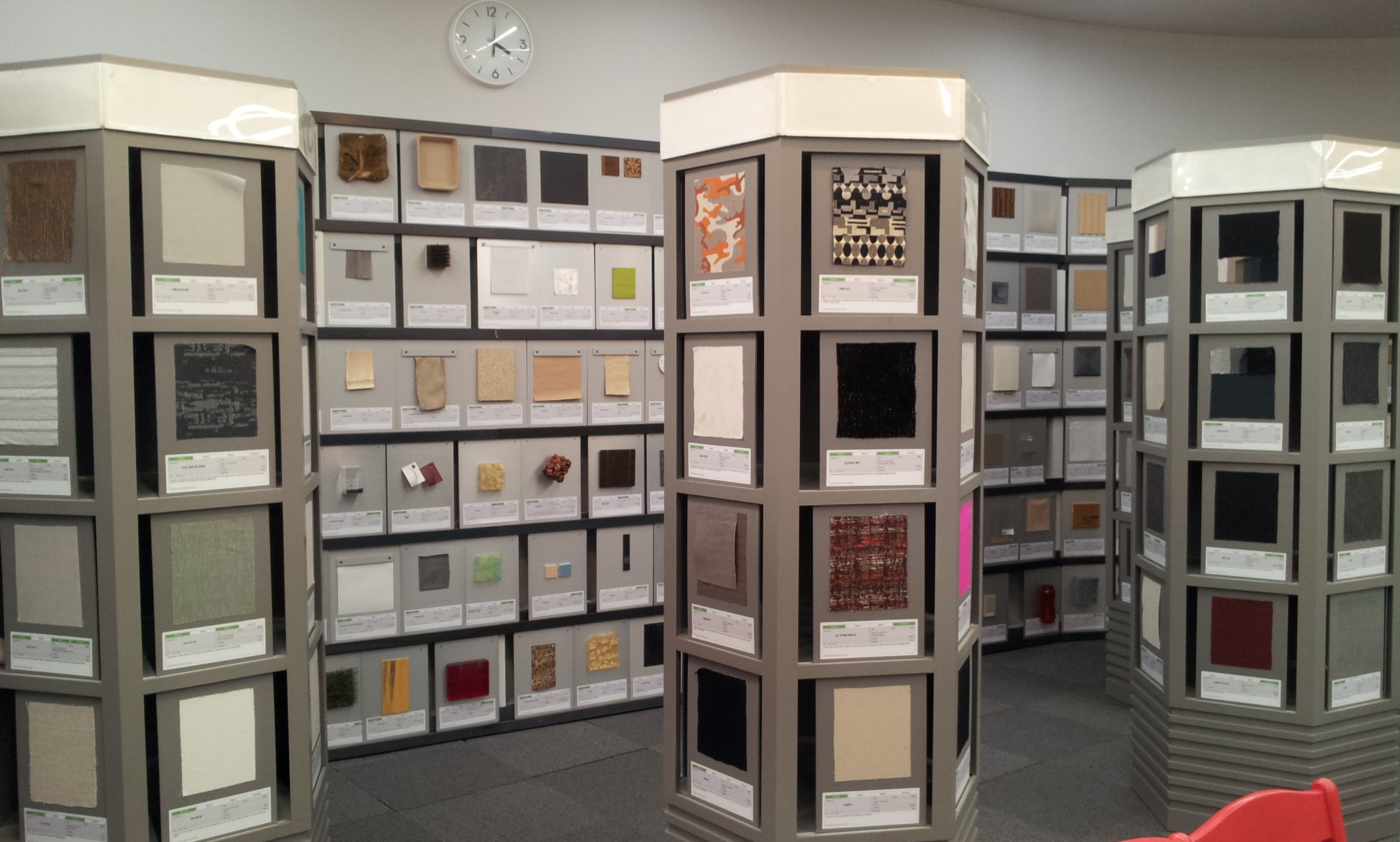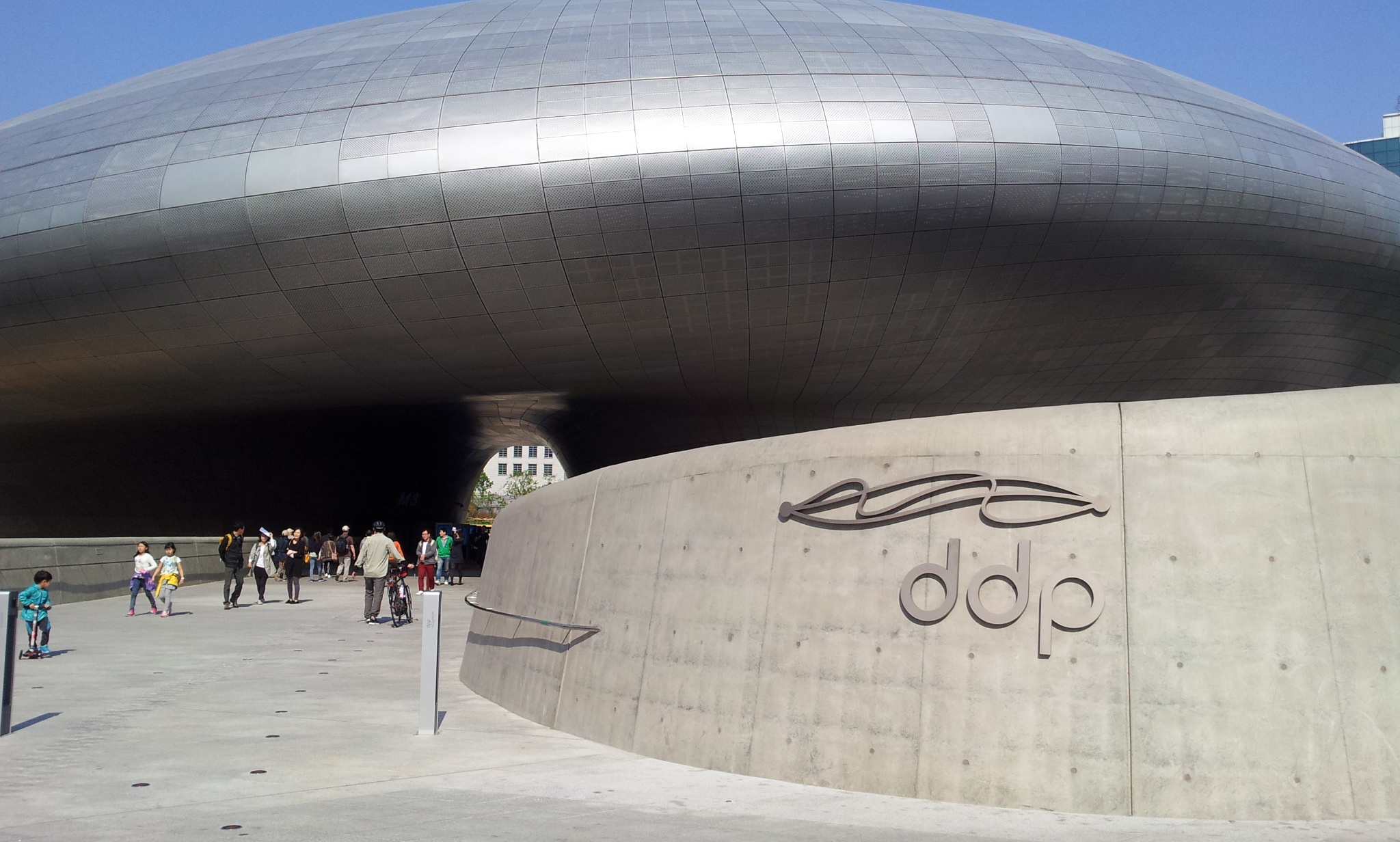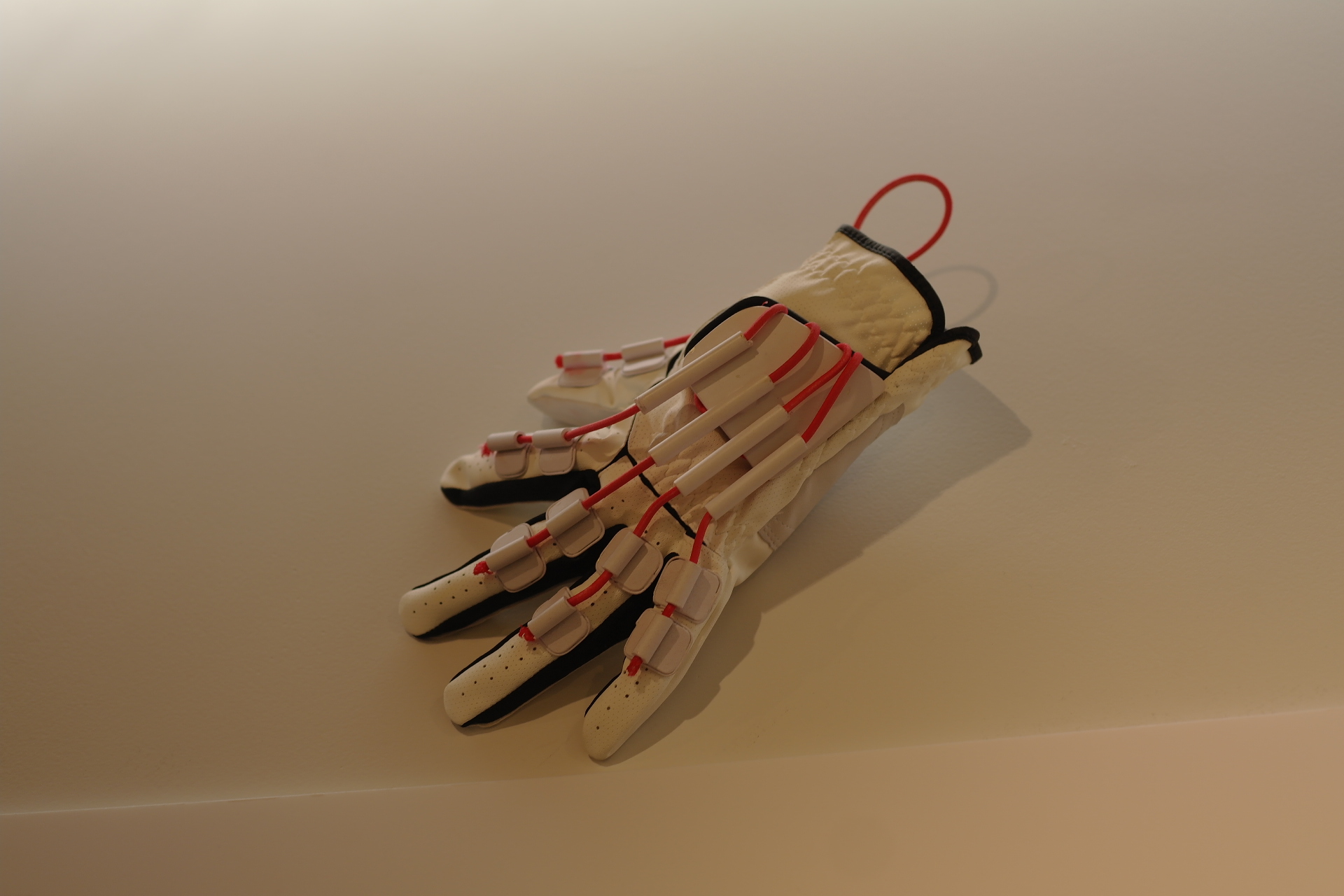I attended an interesting event at the Art center Nabi in Seoul. At this event, Robert Fouser, Associate Professor of Korean Language Education at Seoul National University, introduced the history of Seoul with a series of his own black and white photos of Seoul. His Korean-speaking presentation impressed me deeply; his photos remind me of my own student life (e.g., highways and Soju bottles).
More importantly, I noticed from his presentation that he love Seoul and spend much time on discovering my home town, while I pay attention to my second home town, Toronto. Thanks to his presentation, I came to open my third eye and, academically speaking, be mindful to enjoy the present moments in this city. Making familiar things unfamiliar will be the biggest role that artistic events could do to us.


I also learned that the Art center Nabi is worth visiting; it is located at the center of Seoul and had a 15 year history for supporting artists. The website says,
“Art Center Nabi aims to act as an intermediary that transforms the cultural desires into vital activities. Our goal is formed around the idea of humanizing technology that technology is fully integrated with human’s cultural life to open a new space for creative practices. This can be achieved only after the fruitful collaboration and understanding among science technology, humanities and arts. Thus, Art Center Nabi maintains the following three ideas; being a ‘critique’ of contemporary culture independent from technological benefits; possessing ‘creativity’ which opens people’s mind to regard a new perspective and enables a new form of expression; creating ‘community’ where these ideas are shared and the new world is dreamed of. Art Center Nabi is at the center of this new culture, where artistic sensibility is combined with the technological possibility to bring out the power of change and creativity.”
